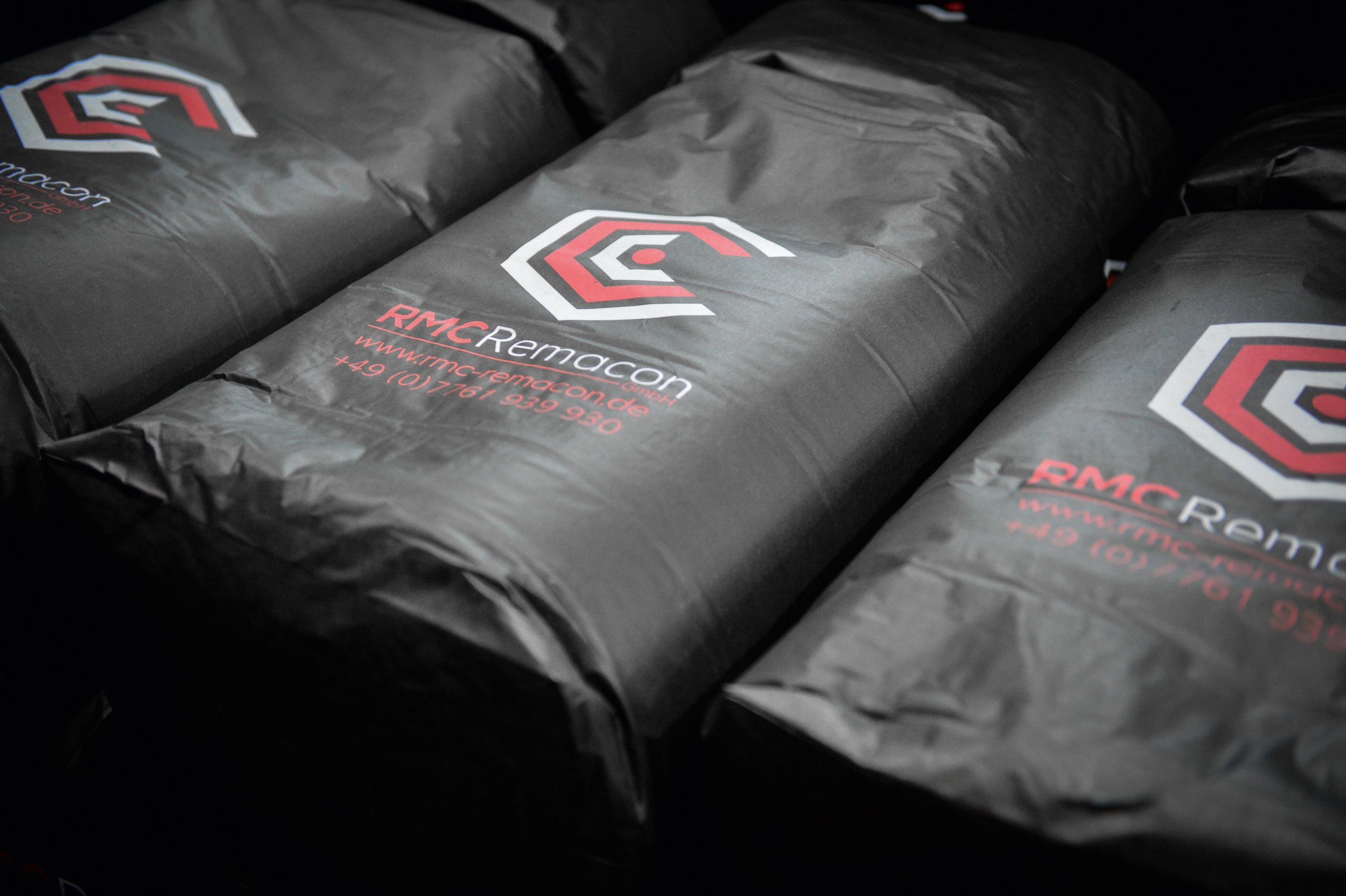Nowadays, natural graphite is mainly extracted in Asia (China). Other notable deposits can be found in Canada, Brazil, India and on the African continent. In Europe there are only a few active mining areas left, which are located in Ukraine, Norway and Austria.
Thousands of tons of this versatile natural mineral raw material are extracted daily both in open pit and underground mines. Our GNP series is based on high purity natural graphite.
Besides natural graphite, graphite is also produced on a synthetic basis. When carbonaceous materials (coke, coal, pitch) are graphitized, synthetic graphite is produced by heating them under vacuum at about 3,000 °C. This is mainly used to produce graphite electrodes. High-purity synthetic graphite serves as the raw material for our GS series.
These raw materials are selected depending on the required carbon content and the crystal structure.
RMC Remacon uses its many years of experience to select the appropriate raw materials. Further processing takes place in steel air mills that enable homogeneous, contamination-free, linear grinding. The finest standard types are defined by a fineness grade of 90% less than 6 µm.
In addition, special types and homogeneous mixtures (premixes) can be produced. These correspond exactly to the user’s specifications and are ready for immediate use.


